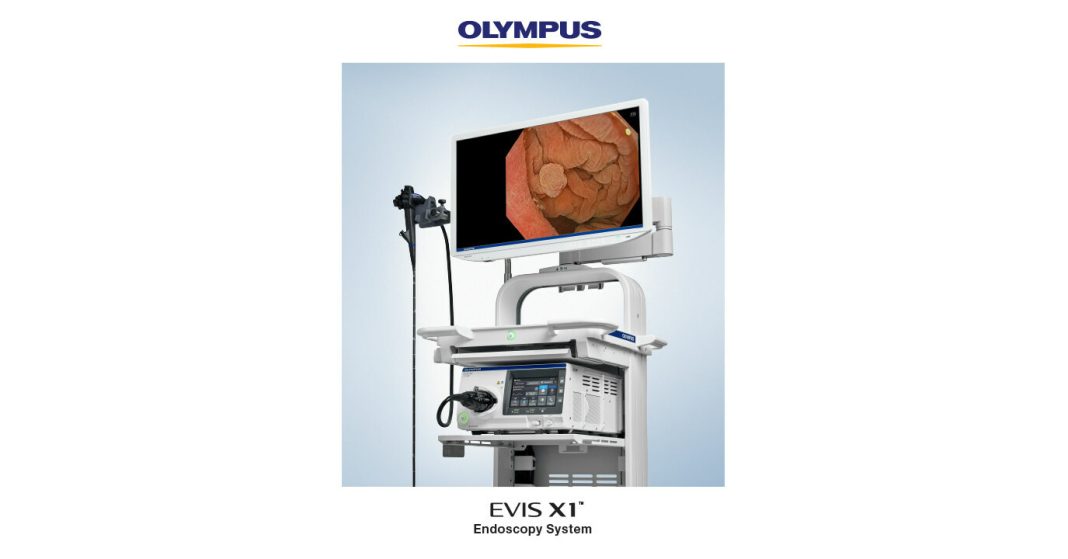The human arsenal has always been on the loaded end of things, but at the same time, it still hasn’t seen anything more significant than our ability to grow on a consistent basis. We say this because the stated ability has already got the world to hit upon some huge milestones, with technology appearing as a major member of the group. The reason why technology enjoys such an esteemed stature among people is, by and large, predicated upon its skill-set, which ushered us towards a reality that nobody could have ever imagined otherwise. Nevertheless, if we look up close for a second, it will become clear how the whole runner was also very much inspired from the way we applied those skills across a real world environment. The latter component was, in fact, what gave the creation a spectrum-wide presence, and consequentially, kickstarted a full-blown tech revolution. Of course, this revolution then went on to scale up the human experience through some outright unique avenues, but even after achieving such a monumental feat, technology will somehow continue to produce the right goods. The same has grown increasingly evident over the recent past, and assuming one new healthcare-themed development shakes out just like we envision, it will only make that trend bigger and better moving forward.
Olympus Corporation, a global medical technology company committed to making people’s lives healthier, safer, and more fulfilling, has officially announced the launch of its next-generation EVIS X1™ endoscopy system, which will be on display during the American College of Gastroenterology (ACG) annual meeting on 22-24 October 2023. According to certain reports, stated system comes decked up with two compatible endoscopes: the GIF-1100 gastrointestinal videoscope indicated for use within the upper digestive tract, and the CF-HQ1100DL/I colonovideoscope designed for application within the lower digestive tract. Although bearing different focal points, both the endoscopes have a ErgoGrip control section that is 10% lighter than Olympus’ previous generation models, making them easy to handle for every type of operator. Talk about the EVIS X1™ endoscopy system on a slightly deeper level, it features a Texture and Color Enhancement Imaging (TXI™) technology meant to increase the visibility of lesions and polyps by enhancing image color and texture during endoscopic screening. Next up, we must acknowledge the presence of Red Dichromatic Imaging (RDI™) technology. This one is purely dedicated to bolster the visibility of deep blood vessels and any potential bleeding points. Interestingly enough, the product in question also offers us the prospect of adjusting image brightness, and yet still maintaining the necessary contrast through its BAI-MAC technology. Such a capability should go a long way when it comes to correcting the brightness levels in dark areas of the endoscopic image, while simultaneously maintaining the brightness across lighter areas to increase the total distance view. Moving on to the system’s Narrow Band Imaging™ (NBI™) technology, which scales up the visual observation of mucosal and vascular patterns, doing so through the assistance of specific blue and green wavelengths absorbed by hemoglobin.
“Olympus is thrilled to bring our most advanced endoscopy system to GI practitioners in the U.S.,” said Richard Reynolds, President of the Medical Systems Group for Olympus America, Inc. “The remarkable new technologies for visualizing the GI tract are designed to help physicians see more and do more to help their patients.”
Hold on, we still have a few bits left to unpack. Outside the components that are directly responsible for the given assessment, Olympus’ latest brainchild will deliver at your disposal a touch panel on the CV-1500 video system center so to let the user initiate all procedures, configure settings, and control image data, all from one single device. Rounding up the highlights is a MyCV model, which allows a physician to personalize imaging configurations and turn multiple functions off and on with a single scope button.
The development provides an interesting follow-up to one report published by the American Cancer Society where it was claimed that something like CRC (colorectal cancer) represents the third most common cancer diagnosis for men and women with an estimated 153,000 cases diagnosed annually. If detected at a localized stage, though, the chances of a patient clocking a 5-year survival rate shoot straight up to 91%.
Commonly used during a screening colonoscopy, Olympus GI endoscopy systems are used by physicians to effectively diagnose, treat, and observe diseases and disorders of the upper and lower GI tract, such as acid reflux, ulcers, Crohn’s disease, Celiac disease, colorectal cancer (CRC), and many other conditions. Despite their clear excellence, technologies like TXI, RDI, BAI-MAC and NBI are not supposed to replace histopathological sampling as a means of diagnosis. Instead, they are advertised more as adjunctive tools for endoscopic examination that can be used to supplement white light imaging.
Founded in 1919, Olympus Corporation is known for providing innovation through various channels like medical technology, therapeutic intervention, precision manufacturing, and more. The company’s solutions, on their part, help healthcare professionals execute diagnostic, therapeutic, and minimally invasive procedures, therefore improving clinical outcomes, reducing overall costs, and enhancing the quality of life for patients. Having referred to Olympus’ solution, they currently include endoscopes, laparoscopes, video imaging systems, surgical energy devices, system integration solutions, medical services, and a wide range of endotherapy instruments.


